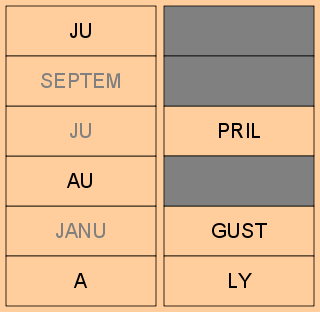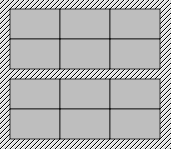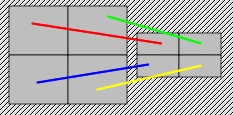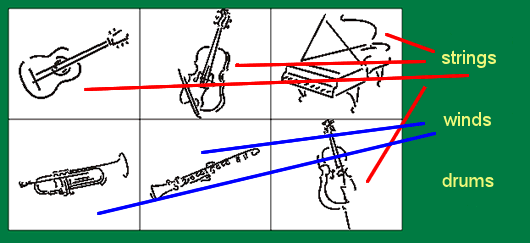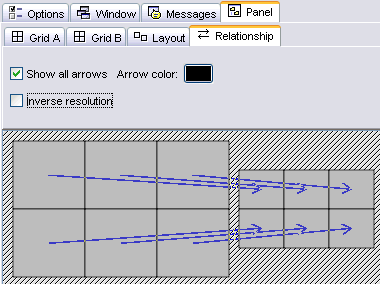The options for image, style and border are the same as described in anterior activities.
The form of the fitting edges of the boxes and the selection of the number of lines and columns are the same as for the puzzles.
The choosing of the width and height of each of the panels is independent, therefore you can use the buttons + and -, introduce the numbers from the keyboard or drag the mouse from the two sides or the base of the grids which appear in the graphic environment of the work.
